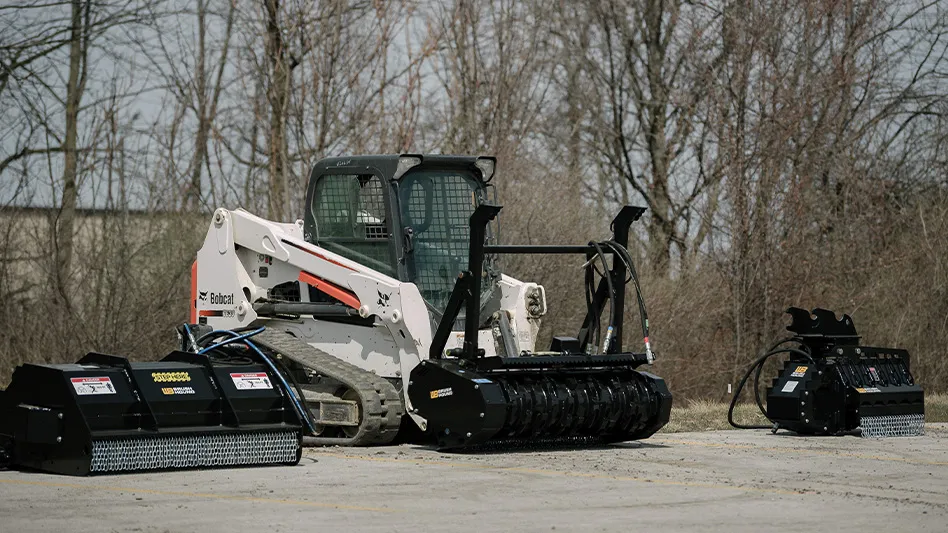
Last Thursday, Frank Tichenor arrived at work before dawn as usual. With a cup of coffee in his hands, the golf course superintendent at Forest Hill Field Club in Bloomfield set out for his normal daily inspection, and it wasn’t long until he discovered a potential nightmare: hyperodes weevil.
The small insects chew through Poa annua grass and can destroy a course overnight. Naturally, Tichenor’s first reaction was to grab his BlackBerry ... and take a picture for his blog.
“There’s always something happening on the golf course,” Tichenor said. “So I took a picture of it, put it up on the blog, and tweeted it and said, ‘Look, this is what’s happening and this is how we’re going to handle it.’ ”
To see Tichenor sit inside his walk-in-closet-sized office in the back of Forest Hill’s maintenance garage and talk about how his blog and Twitter account have become as important as a can of pesticide or his lawn mower might seem totally out of place. Scratch that — totally out of whack. Course superintendents are gruff, burly men who show up early in the morning in flannel shirts, cut the grass and are out of the place by lunchtime, right?
Not anymore. Between blogs, Twitter and Facebook, golf course superintendents have become as proficient using 140 characters to post a warning about a frost delay as they are at making sure the brown spot from 140 yards out is taken care of.
READ THE REST OF THE ARTICLE>>>
Latest from Golf Course Industry
- Devising safer landings
- SiteOne adds Durentis to product offerings
- Resilia available for purchase in Hawaii
- What can $1 million do for expanding the industry workforce?
- Captivating short course debuts on Captiva Island
- Wonderful Women of Golf 35: Carol Turner
- The Andersons acquires Reed & Perrine Sales
- Excel Leadership Program awards six new graduates





